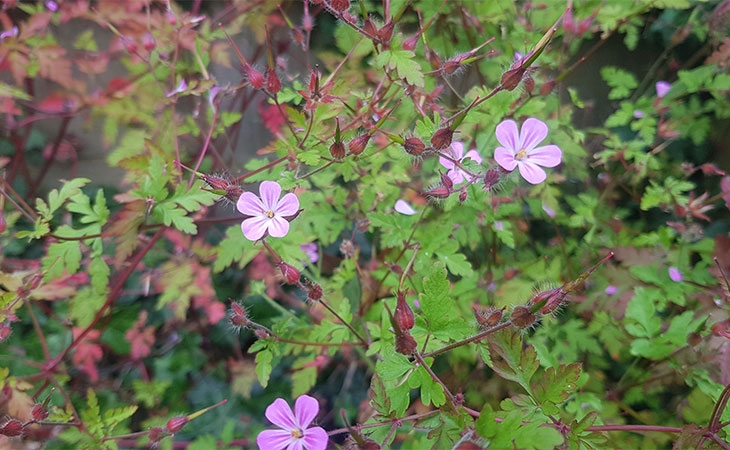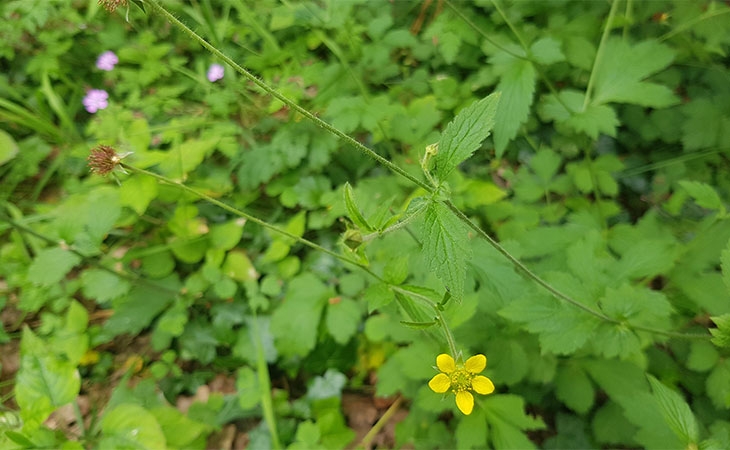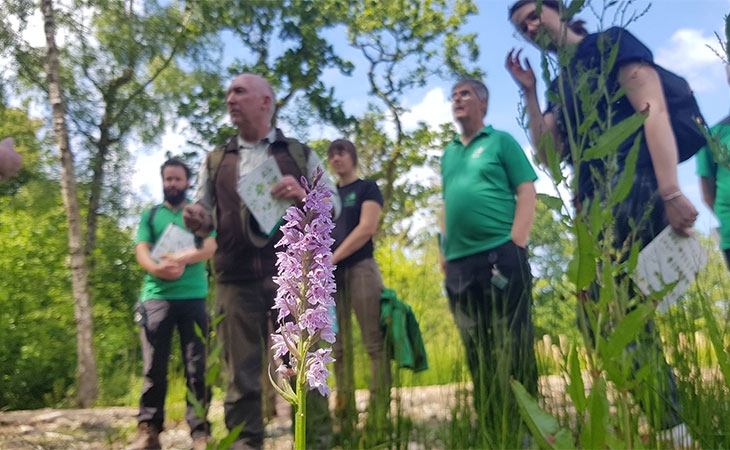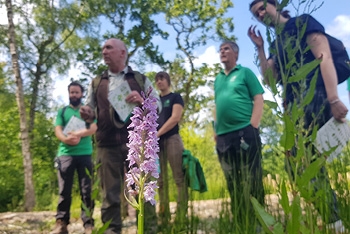Identity Parade
Last month, the sun was out for two fantastic days of learning how to identify woodland plants. The course was run by the Field Studies Council, and aimed to teach beginners the basics of identification, woodland habitat types, how to appreciate woodland health, the importance of woodland plants and why you’d want to record them.
I joined a number of volunteers and staff who were all eager to learn more about the ecosystem that makes up a forest, both from a professional point of view, but also from a personal perspective - to make woodland walks more enjoyable and become more comfortable with how to ID plants in the field.

The first part of the day was spent in the classroom getting to grips with some of the basics around types of leaf, flower structures and terminology, and how to begin using ID sheet ‘keys’. We then we headed out into the sunshine to test our new knowledge on some of the species you can find throughout Silk Wood.
After a short wander, we came across our first example – although I have to admit, some of us already knew this one from our gardens. It was still interesting to work our way through the key to see if we’d still have got to the right conclusion – and it show’s it’s definitely not as easy as it initially seemed. Thankfully, most of us could work out the tri-lobed leaves of herb Robert, and we learnt another common name – ‘stinking Bob’ due to what some think is its unpleasant smell.
We then continued our walk, stopping every so often to attempt to ID some other common woodland plants – things such as wood avens, dog’s mercury, germander speedwell, wild garlic (ransoms) and bush vetch before heading into the Silk Wood Community Planting Project to see what we could find.

Here we came across a couple of species that definitely threw us – firstly in a wetter area, a plant which certainly went against the poem we’d learnt in the classroom: ‘sedges have edges, rushes are round, and grasses have knees right down to the ground’. This looked, and felt like a rush, but we were informed it was actually a grass – and showed there were always exceptions to the rules we humans use to try to pin-down and classify nature.
Second was a bit of a trick question – we had an orchid, it had the spotted leaves, and according to our handily supplied guide, could have been an early purple orchid – but yet again, we forgot that it’s not that simple. Realising it wasn’t that early, and that this orchid’s flowers had spots, it turned out to be a common spotted-orchid – and wasn’t even in our guide. You live and learn! Still a nice thing to see on the edge of the planting area.

All In all, it was a great day’s learning, which taught us a lot of how to begin with plant ID, along with some of the pitfalls. I’ll certainly be digging out my old wildflower book and will hopefully now have an idea of how to actually use it!
This course was run by the Field Studies Council (FSC) and funded by the supporters of the Silk Wood Community Planting Project
